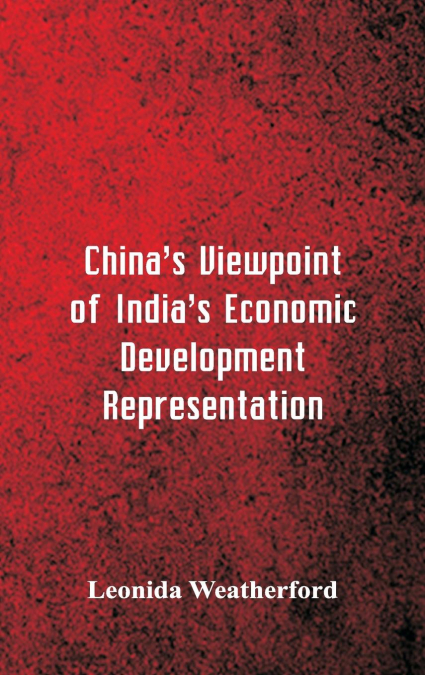
Leonida Weatherford
Trends in global defence industry have impinged India in many ways. India’s defence industry has witnessed significant changes since the end of the Cold War. In the 1990s, changes in both institutional and policy spheres became more prominent. The most far reaching change that has occurred in recent years in India’s defence-industrial sector is related to its opening up to the market. Long protected as a closed sector, India’s defence industry has now opened up for private participation. As if this was not enough, it is also showing enough willingness to become an exporter and dares to venture into the competitive global arms market. Emerging countries are having an ever greater impact on politics and economics. China and India in particular—both of which have strong ties with Japan—form the kernel of the BRIC group of rapidly developing nations (Brazil, Russia, India, and China). In terms of scale, the BRICs include the world’s largest nations, and account for about 40% of the global population and 30% of the world’s land. The international community was formerly dominated by a cluster of European nations with populations on the order of 50 million people, but with the assimilation of countries having over a billion people, the international community is taking on a very different complexion. The challenges facing China and India for sustaining rapid economic growth and meeting the MDGs are similar in nature. First there is the matter of continuing to reduce poverty and hunger and maintain food security. Two other serious issues concern the widening rural-urban income gap and the degradation of the environment. Also of concern is the need to restructure agriculture and markets to meet more diversified consumer and export market food demand, and the need to adopt policies that enable both countries to maintain comparative advantage in commodity production. How these challenges are addressed will determine to a large degree the success in meeting the MDGs, the ability to sustain growth and the role that these economies will play in world markets. This book makes an interesting reading for historians, defence and policy analysts, researchers and general readers alike.